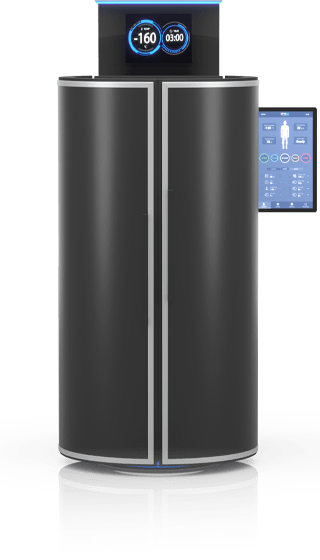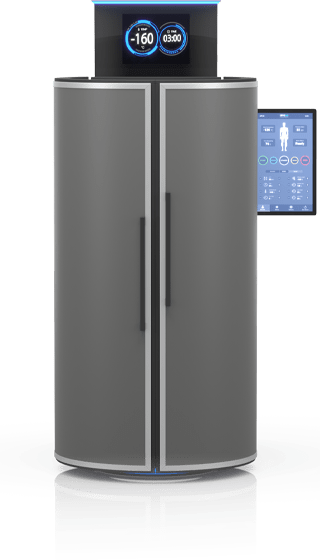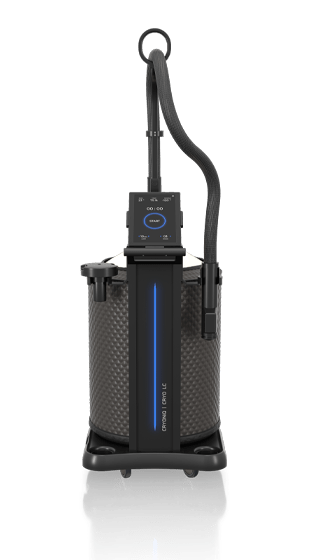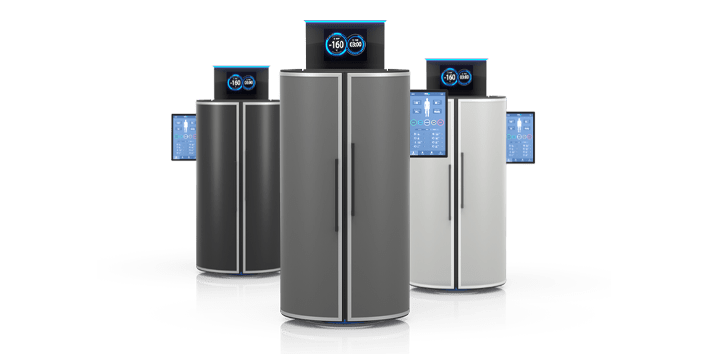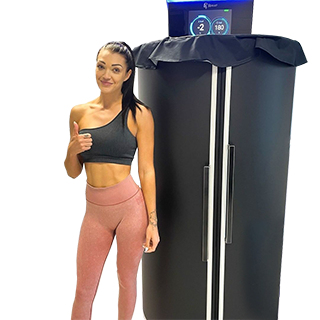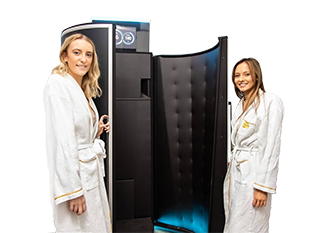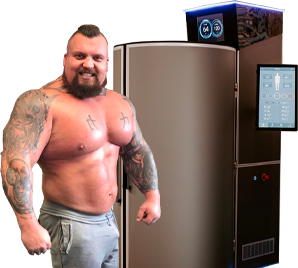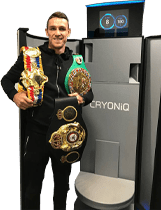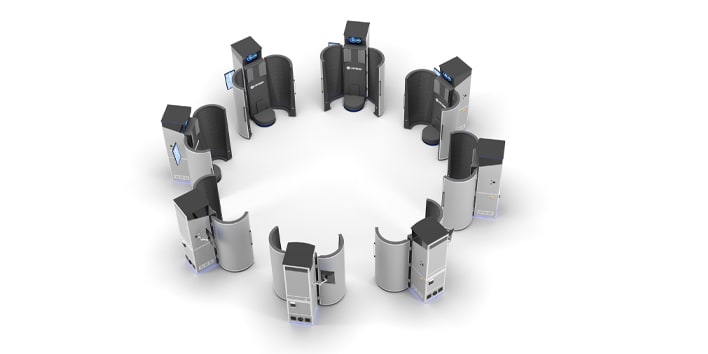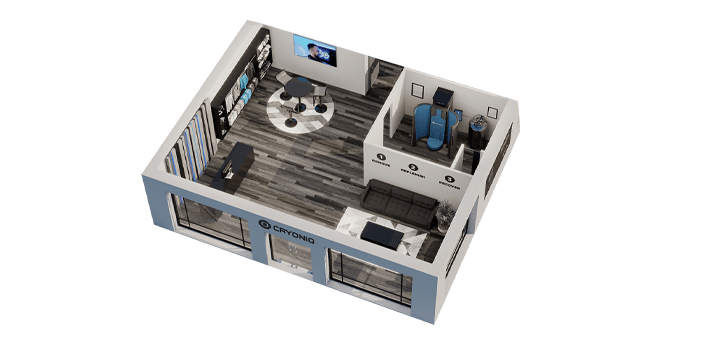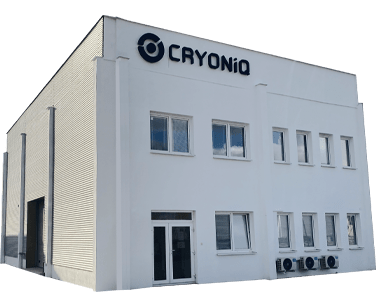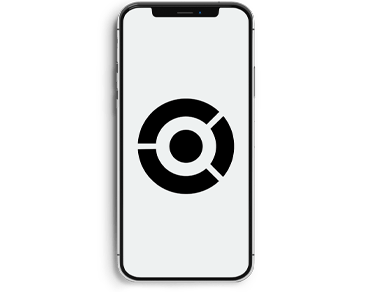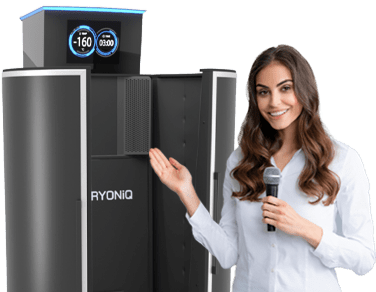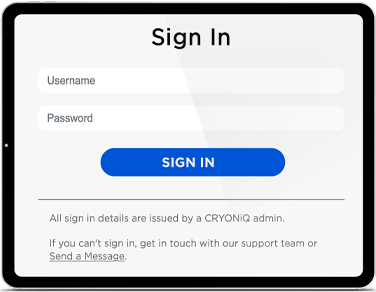Before starting a new venture into cryotherapy many customers ask: How do I find out which cryosauna or cryotherapy chamber is the right choice for my location?
All customers looking to purchase cryotherapy equipment will have different requirements, usually based on the existing space in their facilities, operating preferences and their budget. Other requirements may be related to planning for future expansion and assistance with setting things up.
We‘ve put together a list of questions you should ask all manufacturers/vendors when looking to purchase a cryotherapy chamber / cryosauna. This list covers the safety features, room/space requirements, mobility, quality of session, temperature and consumption levels that various nitrogen systems offer. For those interested in learning more about the options between cryo chambers and the systems, check out Nitrogen vs Hybrid vs Electric Cryotherapy Chambers.
Safety Features
All cryotherapy chambers that are cooled by liquid nitrogen should include several essential safety features or should offer the option to add them.
Client Lift – Lifts the client to the correct level.
Exhaust fan – Expels all nitrogen vapors after the session and during maintenance.
Oxygen Monitor / Built-in or External – Monitors oxygen saturation within the room and in some cases can halt operation of the unit if the oxygen drops below a certain safe level.
Emergency Buttons for operator/client – Gives the operator, and in some cases the client, quick access to shut down the session.
Valve Protection – Protects the unit from damage caused by incorrect pressure in the nitrogen tank.
Make sure to request more information about these safety features when contacting manufacturers.
For information about safety features in CRYONiQ cryotherapy units check out CRYO XC™ or CRYO XC™ Plus.
Claims & Expectations vs Reality
It's important to differentiate between claims and realistic expecations.
The standard of quality for open top cryosaunas or cryotherapy chambers varies with each manufacturer. However, there are some guiding principles that manufacturers should follow.
Room/Space Requirements
Claim – “Our cryosauna requires minimum space”
Reality - Whichever system or brand you decide to go for, the unit will physically require at least 12m² / 130 sqft². Especially when adding accessories and necessities to the mix, such as pressurized tanks, changing rooms, a storage room or space for the clients. For full compliance to safety requirements, the room needs to be between 20 to 25m² / 220 to 270 sqft.
Mobility of the Unit
Claim – “The Cryosauna is more mobile because it’s smaller or it has wheels installed”
Reality – 99% of cryotherapy units remain locked in one spot in the same facility for years and stay there unless they are moved as used cryotherapy equipment.
The only way to be truly mobile is by having a mobile vehicle such as an RV that can transport the equipment and the necessary accessories where they remain installed permanently, or consider a portable cryotherapy machine for localized cryotherapy.
Having wheels on the cryotherapy unit or the unit being smaller in size do not necessarily make the unit any more mobile since mobility is by large limited by the overall weight and access to different locations. These attributes can however make the unit easier to install.
Balanced temperature inside the client cryo cabin
Claim – “Balanced temperature throughout the client cryo cabin”
Reality – Many cryotherapy units in the market are designed to push vapors towards the lower half of the client’s body, leading to a very intense session for the lower half, but not really cooling the upper half of the body. This can also be the reason for claimed lower consumption of the unit.
CRYONiQ – In order to balance the temperature inside the cabin, the unit releases vapors at specific force and enters at a higher level that reaches the shoulders and exposes the body more evenly. Nitrogen vapors will naturally descend to the bottom of the cabin due to the weight of nitrogen compared to ambient air.
Temperature in a WBC Session – LN2 based units
Expectations – “True temperatures shown on the temperature display”
Reality – Temperature displays showing -196°C / -320°F in the client cabin for prolonged periods are not based on realistic readings as -196°C / -320°F is the boiling temperature of liquid nitrogen. Make sure to ask all manufacturers or vendors if their machine maintains this temperature under normal circumstances. Even if this temperature is measured on the outlet of the processing unit as opposed to the cabin inlet or inside the cabin, it is worth asking for more details.
CRYONiQ – The temperature range throughout WBC sessions in CRYONiQ units is generally -110°C to -140°C / -170°F to -220°F. In additon, our safety & operation guidelines do not allow for temperatures below -150°C / -240°F (e.g. -170°C / -290°F). Should the unit reach temperatures lower than -150°C / -240°F, that means the safety protocol has not been followed. Contact Us for assistance.
LN2 Consumption of Cryotherapy Units
Claims - Consumption of 2 to 3 liters or 1 Liter/1 Kg per minute
Reality – Stating this level of consumption is misleading as 2 or 3 liters of LN2 may not be sufficient to fully cool down the unit to the required standard for a period of 3 minutes. Based on the testimonials that we have collected from a list of locations that operated 10 different cryotherapy brands, 4 liters was stated as the absolute minimum required for a standard cryotherapy session with required intensity and duration.
Consumption during a standard session at a temperature of -130°C / -200°F, for any brand of open-top cryotherapy chambers is between 4 to 10 liters. This fluctuation in consumption will depend on the speed of cool down, intensity, duration, piping & connections, precool settings and scheduling.
CRYONiQ – Our WBC units generally consume between 4 to 8 liters for a standard session. This will depend on the system and the settings.
There are no shortcuts in thermodynamics, if there is a manufacturer claiming their cryotherapy unit consumes less than 4 liters per session, then they are certainly misrepresenting the facts.
Often-times, manufacturers present consumption per minute as opposed to a three minute session.
CRYONiQ – Our WBC units generally consume between 4 to 8 liters for a standard session. This will depend on the system and the settings.
For any questions please Contact Us.
Learn about the Basic terminology in Cryotherapy.
